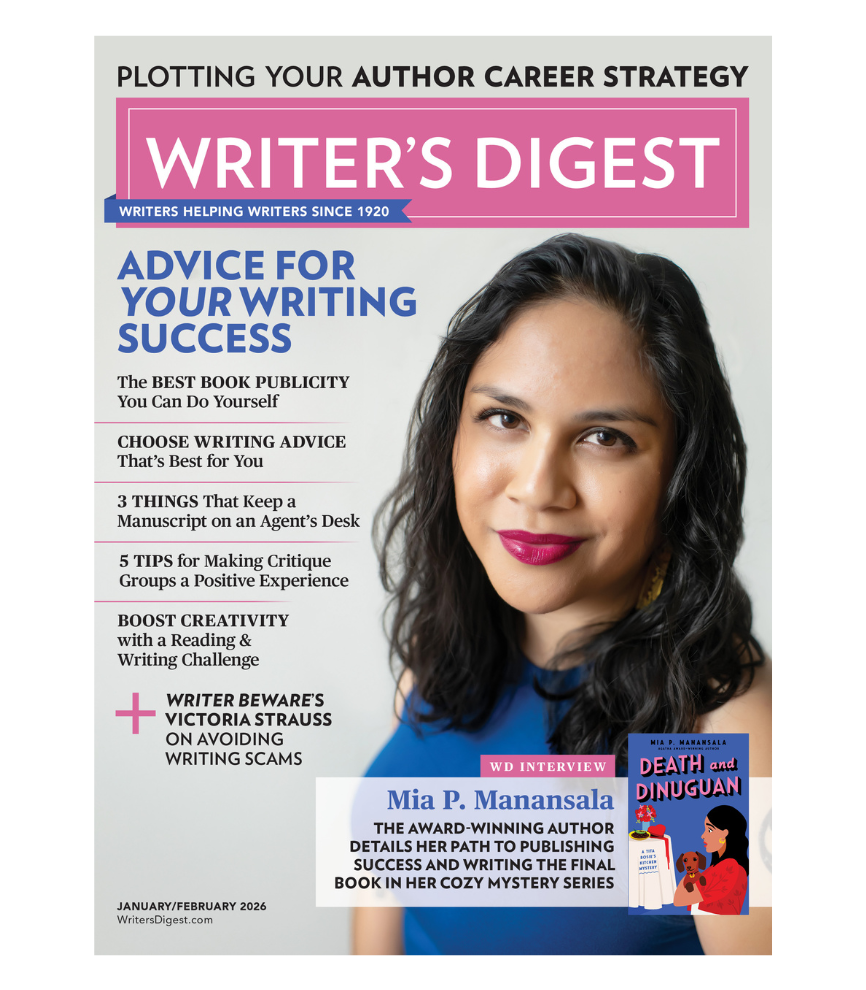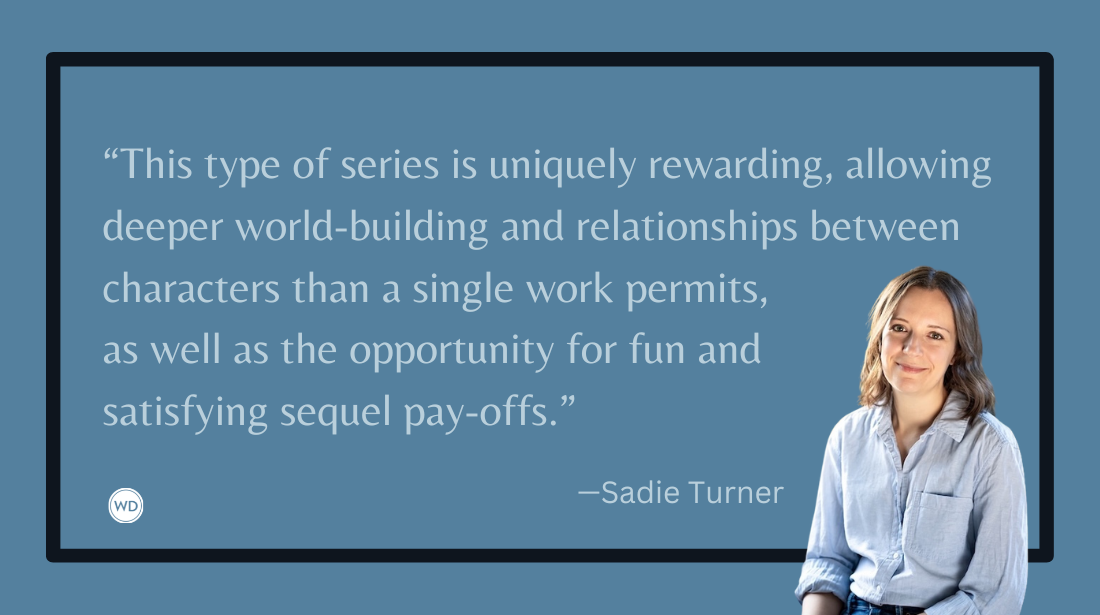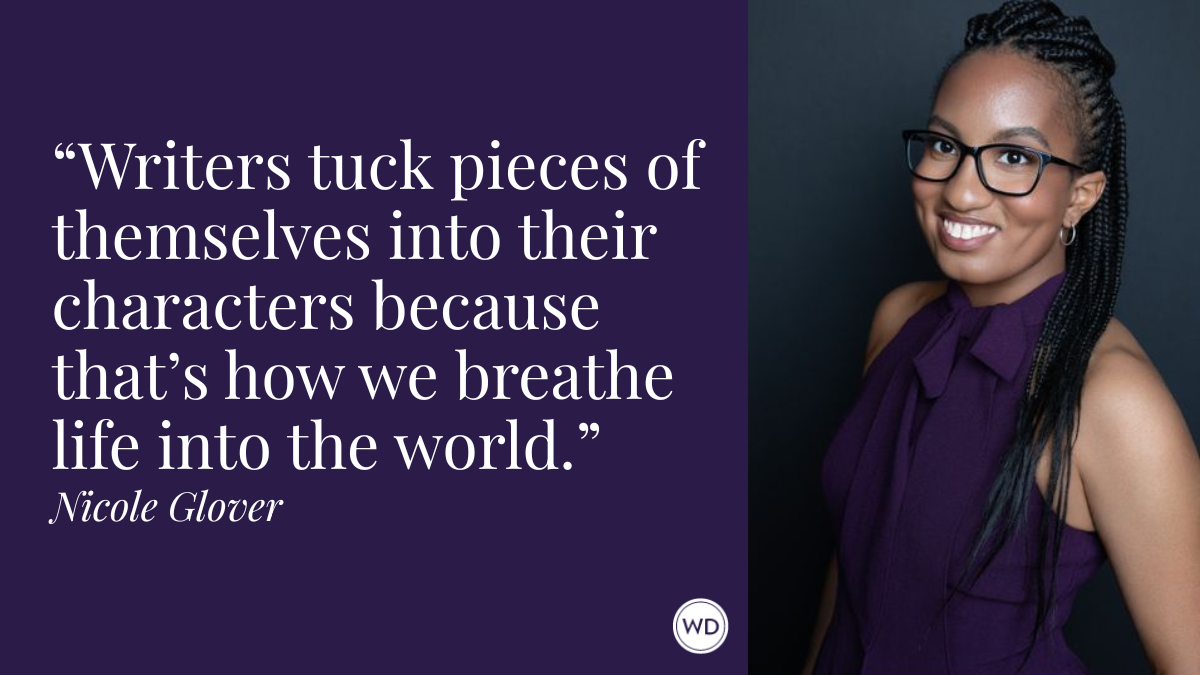How and Why to Use Your Setting to Create Characters and Plot
Award-winning journalist, travel writer, and author Elisabeth Eaves shares how and why to use your setting to create characters and plot in fiction, including her top four tenets for creating a world that will linger long after the story ends and three writing exercises.
A great setting can make the difference between a forgettable book and a memorable one, but setting isn't just a backdrop to everything else. For the writer, it can be an effective tool for developing indelible characters and a unique plot. And when plot and character are rooted in a setting, the story becomes an inseparable whole that imprints itself on the reader's brain.
Consider a tale that goes like this: A girl grows up alone in the woods. She's abused by a boy from a nearby town—and then that boy is found dead. Not bad, as premises go. But try setting that story in the coastal marshlands of North Carolina. The girl grows up in a fishing shack and is shaped by the watery landscape and her avian friends, in an environment so integral to who she is that she becomes a self-taught scientist and never moves away. Now we have the mega-bestselling Where the Crawdads Sing, by Delia Owens, and Kya Clark, a main character we can't forget.
Here are some tenets to keep in mind when developing plot and character out of a setting, to create a world that will linger long after the story ends.
Nail the setting through research
Assuming your book isn't set in your own neighborhood, you need to spend time in your setting, whether it's across town or across the world. Yes, we have books, maps, and the internet for conducting research. But you can learn more about a location from a walk in a park than you can from days of reading. A one-hour meander can tell you that noisy magpies live in the trees, or that the food carts give off the smell of fried oil, or that kayakers in bright jackets go paddling by.
My new novel, The Outlier, is mostly set in a small beach town in southern Baja California, Mexico. My family had a house there for nearly two decades, and I visited most years, sometimes for months on end. Thanks to all that time I know that the whitecaps kick up at midday, the roads get covered in sand, and that the moon looks enormous when it rises over the sea. In theory, I could have learned those things from the internet—except that I wouldn't have even known what to look for. You don’t need to spend months in a place to effectively set something there. Even a short trip is better than nothing.
Your book doesn't have to be set in the modern, real world to benefit from on-site research. Writers of historical novels can learn from exploring age-old streets and buildings, interviewing people who lived through past events, reading original documents, and visiting museums that may only exist in the chosen location.
Books set in fantasy lands or outer space might be exceptions to the "go-there" rule. But even those authors can find inspiration in real-world locations—like a medieval castle or a rocket-launch base.
Ask what could only happen here
I'm the kind of person who wonders what kind of murder mystery could be set in any new place I go—and how that murder would be unique to its location.
As a writing exercise, come up with a list of events that could only happen in your setting. Could someone get shoved off a cliff? Die in a violent undertow? Could a raucous festival hide the noise of a crime? Thinking this way helps come up with plot points that make your story stand out from novels set in more generic locations.
In my book's Baja setting, the sea life is threatened by overfishing. Town tensions revolve around the relationship between tourists and locals. Rocky, unpopulated islands rise from the sea offshore. These elements helped me develop a plot for The Outlier in which marine biologists are investigating an unexplained fish die-off, while another character needs total secrecy to complete his scheme.
Check out Elisabeth Eaves' The Outlier here:
(WD uses affiliate links)
Ask who would live here and why
As a second writing exercise, come up with ways in which your location could shape a person’s character. Someone who's lived in a rural setting for 30 years might have developed a strong sense of self-sufficiency and a skill set that includes driving a tractor. Someone who's been isolated on a space station might feel awkward around new people. A small town could instill civic pride in some citizens—but drive away others who want the anonymity of urban life.
A setting can also tell us about characters who have just arrived there. What drew them to this particular location? Was it the climate? The people? Did they come against their will? Does their new home meet their expectations or fall short? Do they now feel overstimulated in a big city, or lonely on a rural road?
Gillian Flynn's psychological thriller Sharp Objects closely interlinks setting with character. The protagonist, Camille Preaker, was once driven away by the cloying atmosphere of Wind Gap, a small Missouri town. Now, she's reluctantly come back to report on a murder, which exacerbates her self-destructive behavior. Meanwhile, her mother's life has been shaped by the family slaughterhouse fortune and pressure to keep up appearances. And her sister gets away with bad behavior under a layer of sugar and spice, which is what the town expects of young girls. In theory, you could transpose the book's murder plot to another location, but it wouldn't be the same.
Pull out to the big picture
Just as geography and culture create character, so does the period in which a story is set. We may all be unique beings, but we're also products of our time.
Consider Pachinko, by Min Jin Lee, an intergenerational family drama that moves from a Korean fishing village to urban Japan over the course of the 20th century. The characterization is intimate and up close. But the characters' values, goals, and beliefs are shaped by historical forces much bigger than themselves. Their stories, meanwhile, would be unimaginable outside of their specific time and place. In Pachinko, poverty and traditionalism drive a pregnant, teenage Sunja to marry an ailing Christian minister and follow him to Osaka.
As a third writing exercise, name ways in which cultural, political, or historical forces have affected your characters. Has hardship caused by an economic crisis influenced who they've become? Has a new technology altered daily life? What are their communities' dominant beliefs—and do they share or reject them?
These exercises can help craft plots and characters deeply embedded in their place and time. Ideally, this will make your readers feel like the story's setting is the only one in which it could have occurred.
Elisabeth Eaves is the author of The Outlier, a novel of psychological suspense. Publishers Weekly said that it "skillfully infuses complex ecological and moral issues into a plot that never forgets to thrill." Elisabeth is also an award-winning journalist and travel writer, and the author of two critically acclaimed nonfiction books: Wanderlust: A Love Affair with Five Continents and Bare: The Naked Truth About Stripping. She writes the newsletter Bad Directions about writing and travel. You can learn more at www.elisabetheaves.com. (Photo credit: Mary Grace Long)









